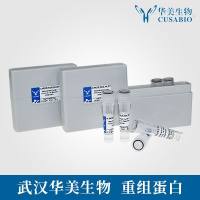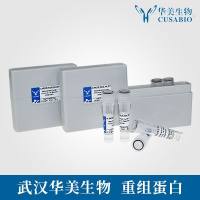Carotenogenic Microorganisms: A Product-Based Biochemical Characterization
Carotenoid production or occurrence—including derivatives biosynthesized from precursors—is widespread in nature in both the Prokaryota and Eucaryota superkingdoms and more than 600 different chemical structures are reported (1 ), most of them as tetraterpenoids (C40 ). Mammalian species lack the biochemical ability for carotenoid biosynthesis, but they convert some of them to vitamin A or perform other chemical modifications on the diet carotenoid input. At least four particular carotenoids (Fig. 1 ) are fully exploited for commercial applications because their production was consolidated through chemical synthesis: β-carotene (C40 double cyclic ends), canthaxanthin (diketo-β-carotene), astaxanthin (dihydroxy-diketo-β-carotene), and apocarotenoic acid as its ethyl ester (C32 ; single cyclic end). As diluted organosolvent solutions (e.g., 2–4 μg/mL), these pigments display yellow to orange deep colors. The former nonoxygenated product, also obtained from plant sources like carrots and from genetically improved strains of the molds Blakeslea trispora (2 ) and Phycomyces blakesleeanus (3 ), is mainly employed in pharmaceutical multivitamin formulations or as a food additive in margarines. The three other xanthophyls (oxygenated carotenoids) are mainly used in aquaculture (salmonoid fish farming) and poultry purposes as an enhancer of meat and egg-yolk color. Cantaxanthin is the pink-orange natural pigment in the edible mushroom Cantharellus cinnabarinus (Agaricaceae) and in flamingo feathers. Astaxanthin is naturally found in the orange-red basidiomicetous yeast Phaffia rhodozyma (now Xan- thophyllomyces dendrorhous ) (4 ), in the chlorophycean unicellular alga Haematococcus pluvialis (5 ), and in the marine bacterium Agrobacterium aurantiacum (6 ). The involved market appeal for carotenoids is strongly supported by scientific knowledge of their well-known biological activity for quenching and scavenging of free radicals (e.g., singlet oxygen and other active oxygen species), which are responsible for the undesirable effect of aging (7 ). This is the main reason for a consolidated market estimated about US$ 455 million for 2000 only for astaxanthin and cantaxanthin. Both contributions for this market—chemical synthesis and microbial source—are experiencing an increase, but in the second parcel, a doubling is seen every 4 yr (8 ).
![预览]()




![Shh,Hhg1/Shh,Hhg1蛋白Recombinant Mouse Sonic hedgehog protein (Shh) (Active)重组蛋白SHH, ,; Sonic hedgehog protein C-product Sonic hedgehog protein 27 kDa product,],蛋白](https://img1.dxycdn.com/p/s14/2024/0914/927/0464034073300484381.jpg!wh200)

